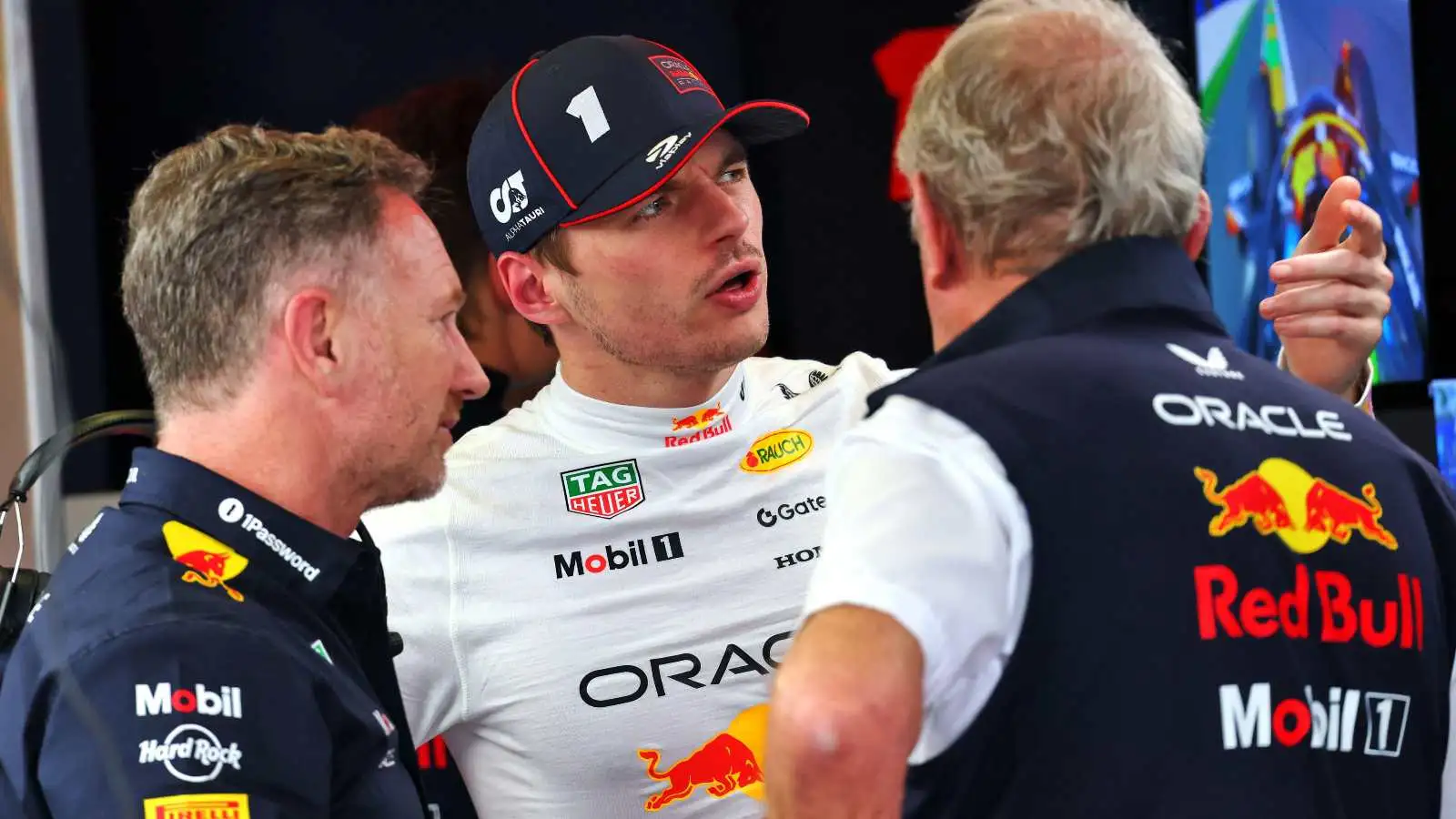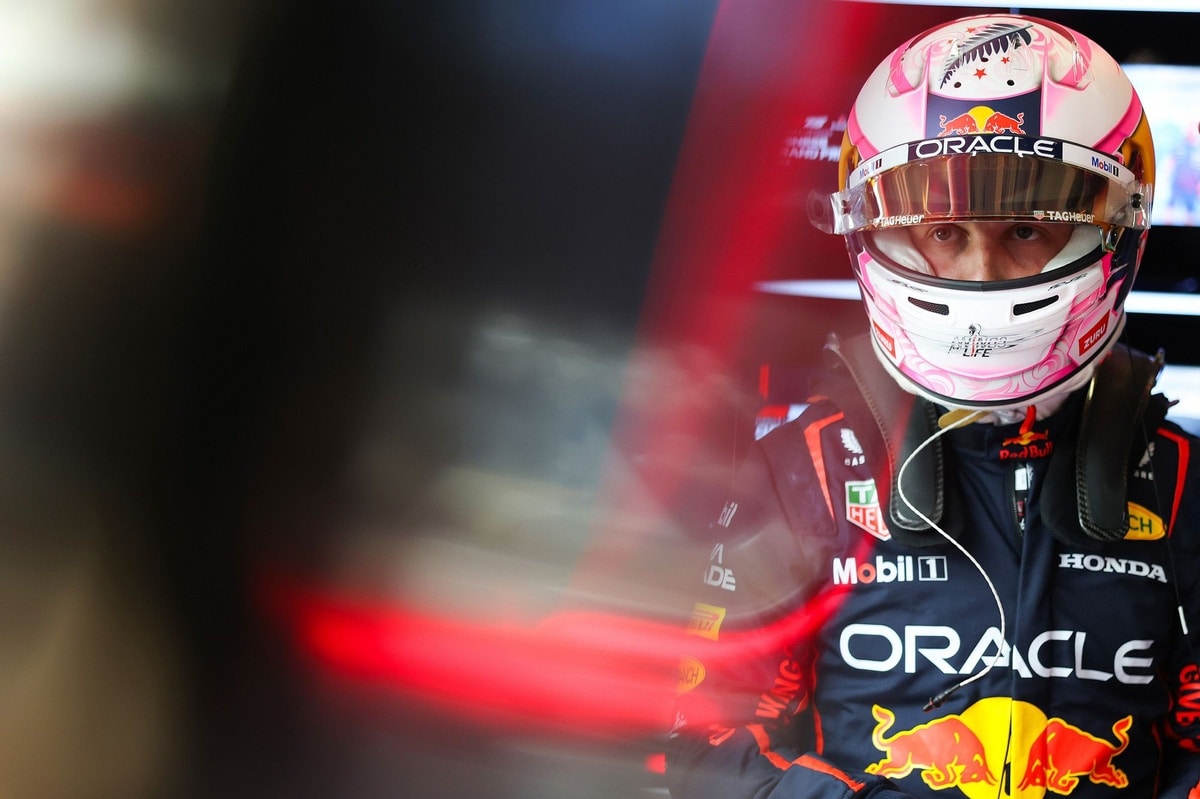The Belgian Grand Prix saw a surprising turn of events for George Russell, who was disqualified after crossing the finish line first. Ted Kravitz has stepped in to clarify speculations surrounding this incident.
The FIA’s decision sparked a wave of questions regarding potential mistakes, tricks, and conspiracies within the Mercedes team. Kravitz offers insights into the technicalities and regulations that led to Russell’s disqualification.
The Incident: Russell’s Underweight W15
George Russell was the first to cross the finish line at the Belgian Grand Prix, but hours later, his victory was revoked when his Mercedes W15 was found to be 1.5kg under the minimum weight of 798kg. The underweight car led to his disqualification, despite a clear lead throughout the race.
Mercedes promptly acknowledged the oversight. Team boss Toto Wolff explained that it was a mistake likely caused by Russell’s one-stop strategy and the driver’s failure to pick up enough rubber on the track. The team respected the FIA’s decision, emphasizing that rules are rules and must be upheld.
No Tricks, Just Mistakes
Ted Kravitz was quick to dismiss any allegations of deliberate trickery or conspiracies by Mercedes. He explained that the incident was simply a mistake and not an attempt to cheat or circumvent the rules.
“This was a mess up. This is not a conspiracy,” Kravitz reiterated. He suggested various potential causes, such as insufficient lift and coasting by Russell, inadequate fuel in the car, or an unexpected software glitch that caused more fuel consumption than anticipated.
The Role of Tyre Marbles
Russell’s one-stop strategy and subsequent excessive tyre wear meant he couldn’t pick up the discarded rubber ‘marbles’ that would have added weight to his car. Martin Brundle elaborated on this, stating that at Spa, cars are directed straight to the pit lane, leaving no chance to collect these marbles.
This long-standing procedure at Spa has factored into team strategies, but in Russell’s case, it contributed to his car’s underweight issue. Brundle mentioned that scrutineers could ask for the excess rubber to be removed for weighing, but this has rarely been enforced.
Maintaining Sporting Integrity
Kravitz stressed the importance of maintaining the sporting integrity of Formula 1. He pointed out that allowing Russell to keep his win despite the underweight car would be unfair to other competitors.
“To maintain the sporting integrity of Formula 1, you have to put your hands up and say that was a mistake,” Kravitz stated. Disqualifying Russell was necessary to preserve the sport’s credibility and ensure that all teams adhere to the regulations.
Team’s Response and Future Steps
Mercedes accepted the FIA’s ruling without contention. Wolff highlighted the importance of learning from the incident, stating that the team would take this as a lesson to avoid similar mistakes in the future.
He also noted that there were still positives to take away from the race, despite the disqualification. The team’s performance and strategy, aside from the weight issue, were commendable and showed promise for future races.
Critical Analysis of FIA’s Decision
The FIA’s decision to disqualify Russell has been largely supported within the F1 community. It was seen as a necessary step to ensure the rules are applied consistently, even if the advantage gained was marginal.
Former F1 driver Martin Brundle calculated that the underweight car might have provided a 2.5-second advantage over the entire race. Though not a game-changer, it was enough to warrant the disqualification under existing regulations.
Final Thoughts
In the end, the incident at the Belgian GP serves as a reminder of the strict adherence to rules in Formula 1. While Russell’s disqualification was unfortunate, it highlights the importance of precision in every aspect of the sport.
The controversy surrounding George Russell’s disqualification underscores the rigorous standards in Formula 1. Mistakes, whether minor or major, carry significant consequences.
As the sport moves forward, teams and drivers must remain vigilant and meticulous to avoid similar pitfalls. Russell’s experience at Spa will undoubtedly serve as a learning moment for all involved.










